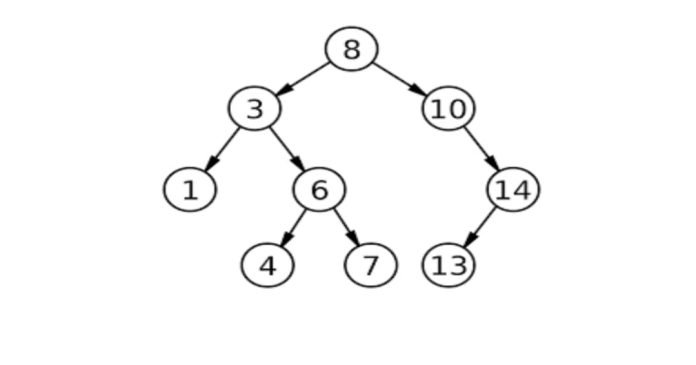Searching for a node in a binary tree involves traversing the tree to locate a specific node. The binary tree can be traversed using various techniques, such as Inorder, Preorder, or Postorder traversal, but for searching, a simpler approach is often used.
In a Binary Search Tree (BST), searching is more efficient because the left child of a node has a smaller value, and the right child has a larger value. Starting from the root, you compare the target value with the current node’s value.
If the target is smaller, you move to the left child; if it’s larger, move to the right child. This process continues recursively or iteratively until the target node is found or the tree is exhausted.
In a general binary tree, where there is no such order, a breadth-first search (BFS) or depth-first search (DFS) is commonly used, which may take longer in comparison to BST searches



